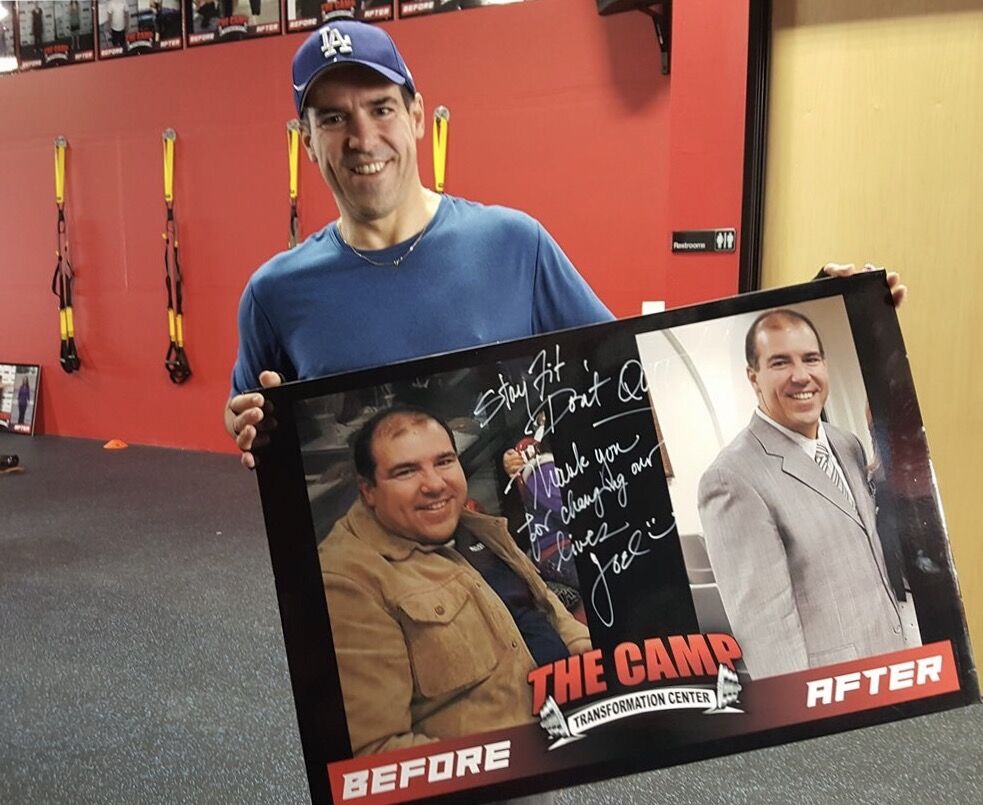The Camp Transformation Center is quickly adding franchises across the country, not just because of the health and emotional impact it has on local communities, but also because of the multiple streams of revenue that make for a thriving fitness business. The typical gym franchise model is broken. High investments and low membership fees make for difficult businesses to run in the fitness industry. However, The Camp’s unique model, simpler scalability, and alternative revenue streams like supplements and apparel, make this an attractive business model.

Many of The Camp’s membership base come through the Six-Week Weight Loss Challenge. Members post on social media about their Challenge and that they ultimately lose 20 pounds. This gives the local Camp franchisee a massive marketing pull on social media but also brings in huge amounts of participants looking for a challenge. Where this really benefits the franchise is the percentage of Challenge participants who roll into a full-on annual membership.
“When you show clients how much you care about them and their goals – by going out of your way to recognize them and doing special things for them, you’re going to get people to stick around,” Michelle says. “We’re converting them to members not because we just want to make more money, but because we want to continue to help people for the rest of our lives.”

“It gives us 42 days to wow them and give them an awesome experience,” says Luis Font, Alejandra’s husband and co-founder of The Camp. “If we do our job, they see results and have their lives transformed, then they’ll want to become full-on annual members.”
While other gyms in the fitness industry charge extremely low fees to get as many members in the door as possible, the Challenge provides a rabid fan base that allows The Camp franchisee to charge higher membership rates than many gyms in the industry. With other fitness concepts in the franchising industry costing well over $500,000 to open, the return on an investment in The Camp can come more quickly.
The Camp franchisees excel in a semi-industrial real estate area where rental rates are low and the facility is simple to refurbish into an office, front-desk area, and workout space. Most Camp’s sit in 4,000 to 6,000 square feet of real estate in a light industrial area.
“With our program, because it is so low cost and you’re collecting membership fees, there’s ample opportunity to recoup the investment quickly,” says franchisee Erick Salgado. “With the challenges, and incentives and different lines of revenue, the business model works, but you have to work the system.”
Supplements and apparel are other lines of revenue for the franchise. Because of the supplements recommended to gym members during the Weight Loss Challenge, supplements typically account for a significant portion of overall sales.
“It’s almost as if you have a supplement store inside of your gym,” says Co-Founder Luis Font. “It’s that powerful of a revenue generator. It’s extremely valuable to what we do.”
Starting with a low investment, and a program that gets new members in the door quickly and turns them into devoted fans, the business model exists for a thriving business for a Camp franchisee. Aided by separate revenue streams from the supplement and apparel sales to higher membership fees, while all at the same time impacting the local community, it becomes a win-win with the potential to quickly recoup an initial investment.
“If you continue to show people you care every day, post their pictures, celebrate their wins, then people are going to see that you have something great,” Michelle says. “Now they’re going out to dinner with people and posting their results on social media and they’re marketing your gym for you.”